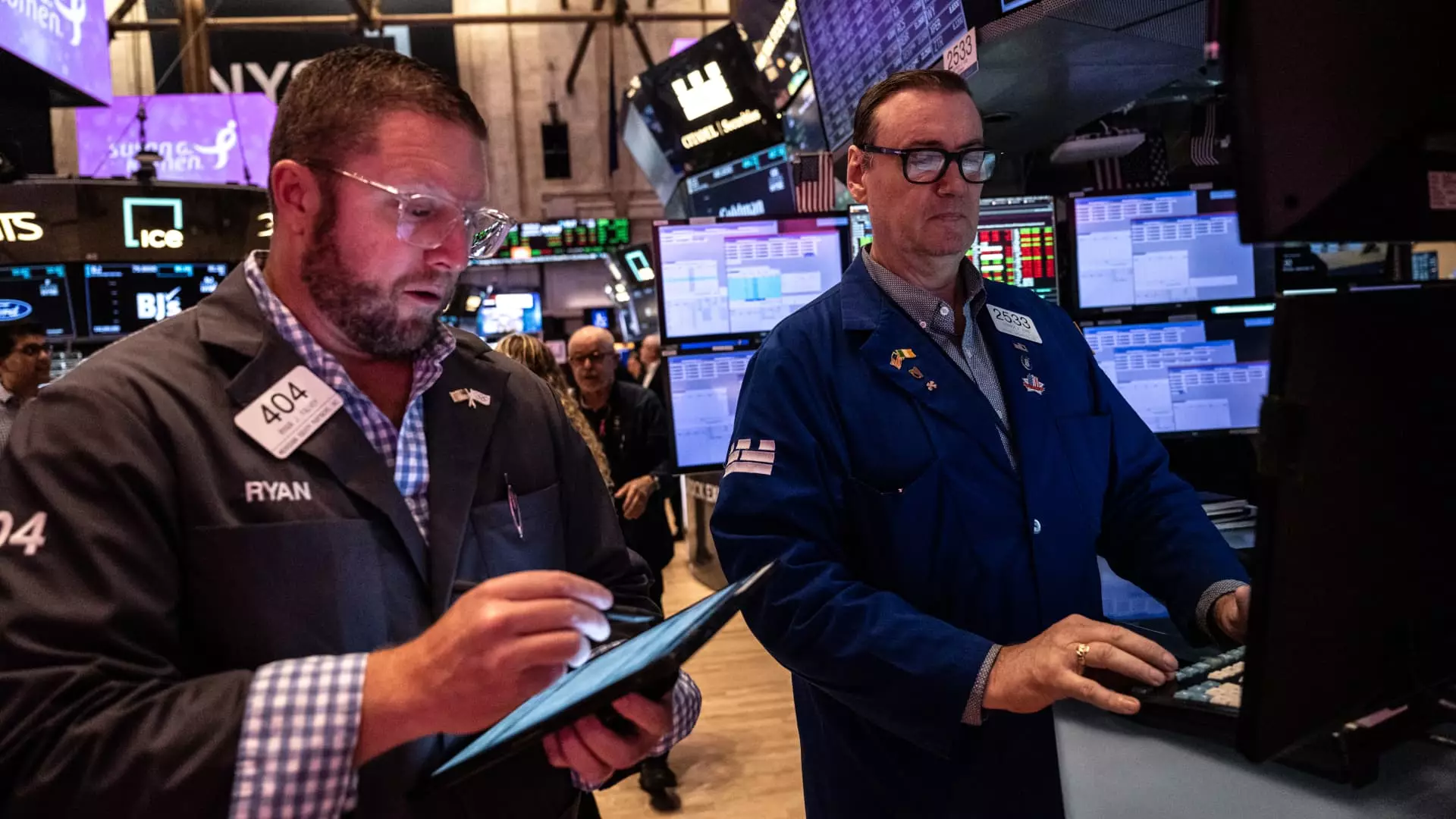Stock markets are often a reflection of broader economic trends, and as the sun sets on another trading day, investors eagerly await news that could dictate the day-to-day movements of their portfolios. With the Federal Reserve’s recent decision to cut interest rates by half a point, the implications for various stocks and sectors are significant. This newsletter encapsulates key events from the latest trading day and anticipates tomorrow’s market dynamics, providing readers with the essential insights needed to navigate the ever-evolving financial landscape.
One of the standout sectors in today’s trading was homebuilding, with the SPDR S&P Homebuilders ETF (XHB) reaching a new peak before experiencing a slight correction. The momentum in this sector is palpable, showcasing a 10% increase over the past month. Among individual stocks, Beazer Homes led the charge with an impressive 17.5% surge, closely followed by Hovnanian and Toll Brothers, which both registered approximately 16% gains.
These figures suggest strong market confidence in the housing sector, potentially driven by lower borrowing costs following the Fed’s rate cut. As mortgage rates decline, homebuyers may regain confidence, inflating demand and pushing stock prices higher. Observing these trends could alert investors to potential opportunities within the real estate market.
While the homebuilding sector shone brightly, the restaurant industry presented a more complex picture. Entities like Cracker Barrel and Darden Restaurants are gearing up to announce their earnings. Cracker Barrel’s stock has stumbled approximately 3% over the past three months, signaling underlying concerns. This trend is compounded by its 49% drop from last winter’s highs, hinting at deeper challenges ahead, likely related to shifting consumer preferences or increased operational costs.
In contrast, Darden Restaurants has performed relatively well, achieving around a 5% increase in value over the last three months. Currently managing a portfolio of well-known brands, including Olive Garden and Ruth’s Chris, Darden has remained resilient despite broader industry pressures. Close monitoring of these results will reveal consumer spending behaviors that could propel or hinder the recovery of the restaurant sector.
The reaction from the banking sector to these economic shifts is critical for evaluating future market movements. A noticeable decline has been observed in the stock values of major banking institutions. JPMorgan, for example, has seen a dip exceeding 7%, a concerning trend mirrored by other banks like Goldman Sachs and Wells Fargo, both of which are experiencing declines as well.
These losses may highlight apprehensions about forthcoming economic conditions and escalating competition among financial institutions. Investors should consider these movements as potential indicators of a recalibrated banking landscape, particularly as markets adjust to Federal Reserve policies and navigate the economic implications of fluctuating interest rates.
In the wake of the Fed’s interest rate cut, there has been a significant impact on treasury yields. Most notably, yields on shorter-term Treasury instruments witnessed a decline, while yields on longer-term notes, like the 10-year and two-year Treasury notes, saw a slight uptick. This divergence could suggest a growing appetite for riskier investments as low yields prompt investors to seek better returns.
Furthermore, commodities, particularly gold, have been witnessing a substantial uptick in value. Noted market strategist Jeffrey Gundlach emphasized the significance of gold’s rise, associating it with a market in “accumulation mode.” This trend, particularly in the gold sector highlighted by the VanEck Gold Miners ETF’s recent 5% increase over the week, underscores the investment community’s search for safety amidst potential economic uncertainty.
As the market transitions into a new trading session, investors should remain vigilant, keeping a close eye on movements across these various sectors. The interplay of interest rate decisions, consumer behaviors in the restaurant and housing sectors, and shifts in banking stocks will be essential to determining the overall trajectory of the stock market. With an understanding of these dynamics, traders and investors can better position themselves for the opportunities and challenges that lie ahead in this continuously evolving economic environment.

